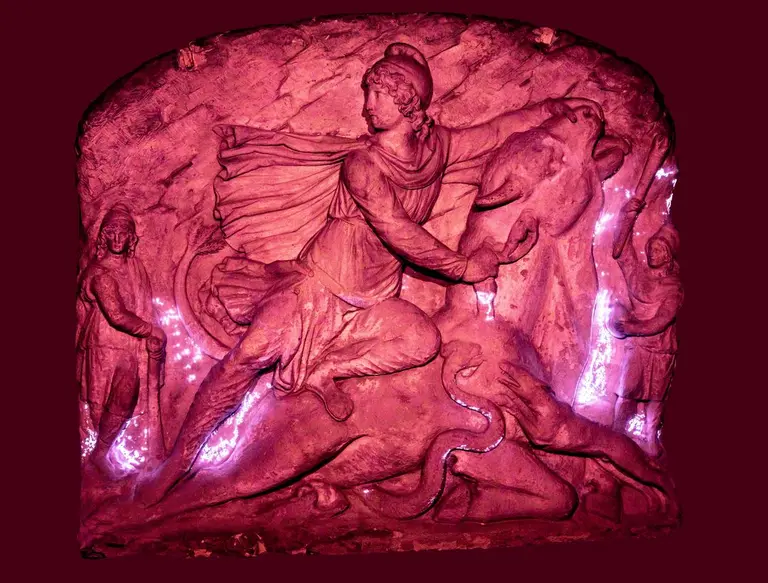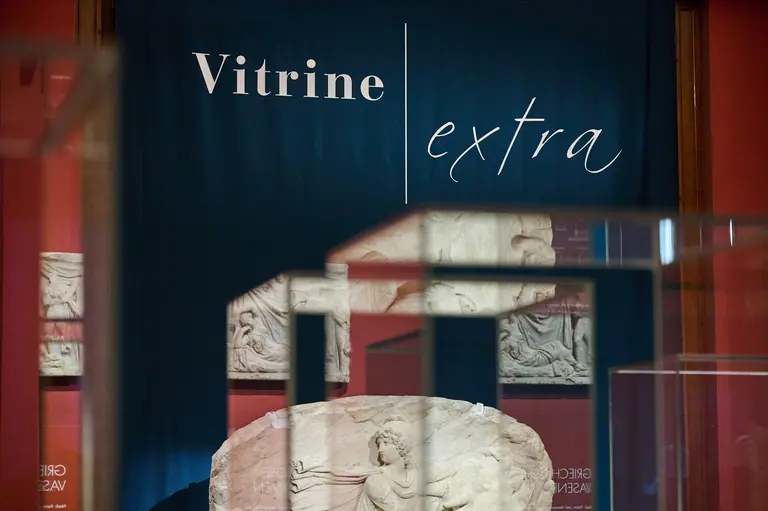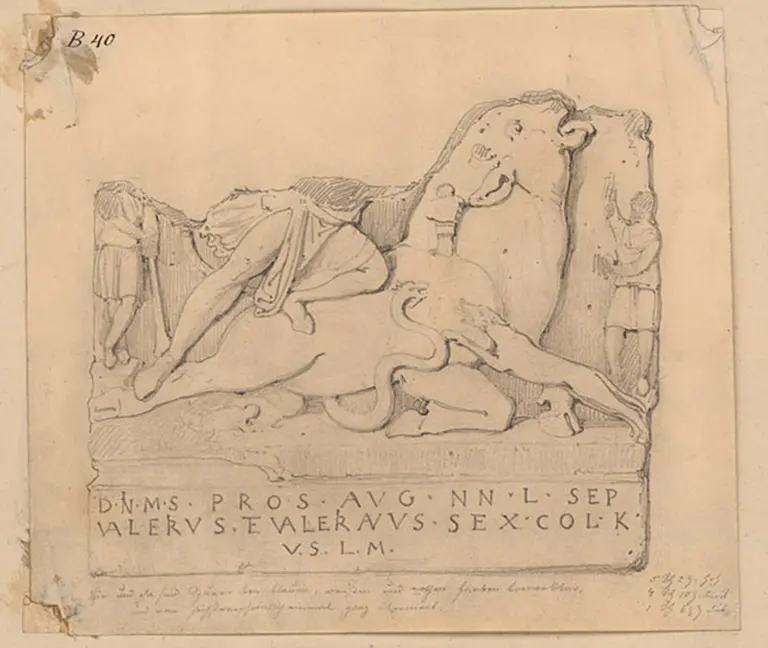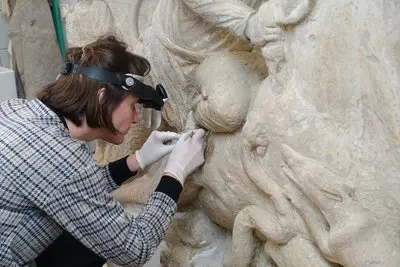Address
Collection of Greek and Roman Antiquities, Hochparterre
Maria-Theresien-Platz, 1010 Vienna
Google Maps
Opening times
Tue - Sun, 10 a.m. - 6 p.m.
Thu until 9 pm
Tickets
Adults €23
Reduced admission €19
Kids / Teens under 19 free
On average, visitors spend around 1.5 hours in the Collection of Greek and Roman Antiquities.





